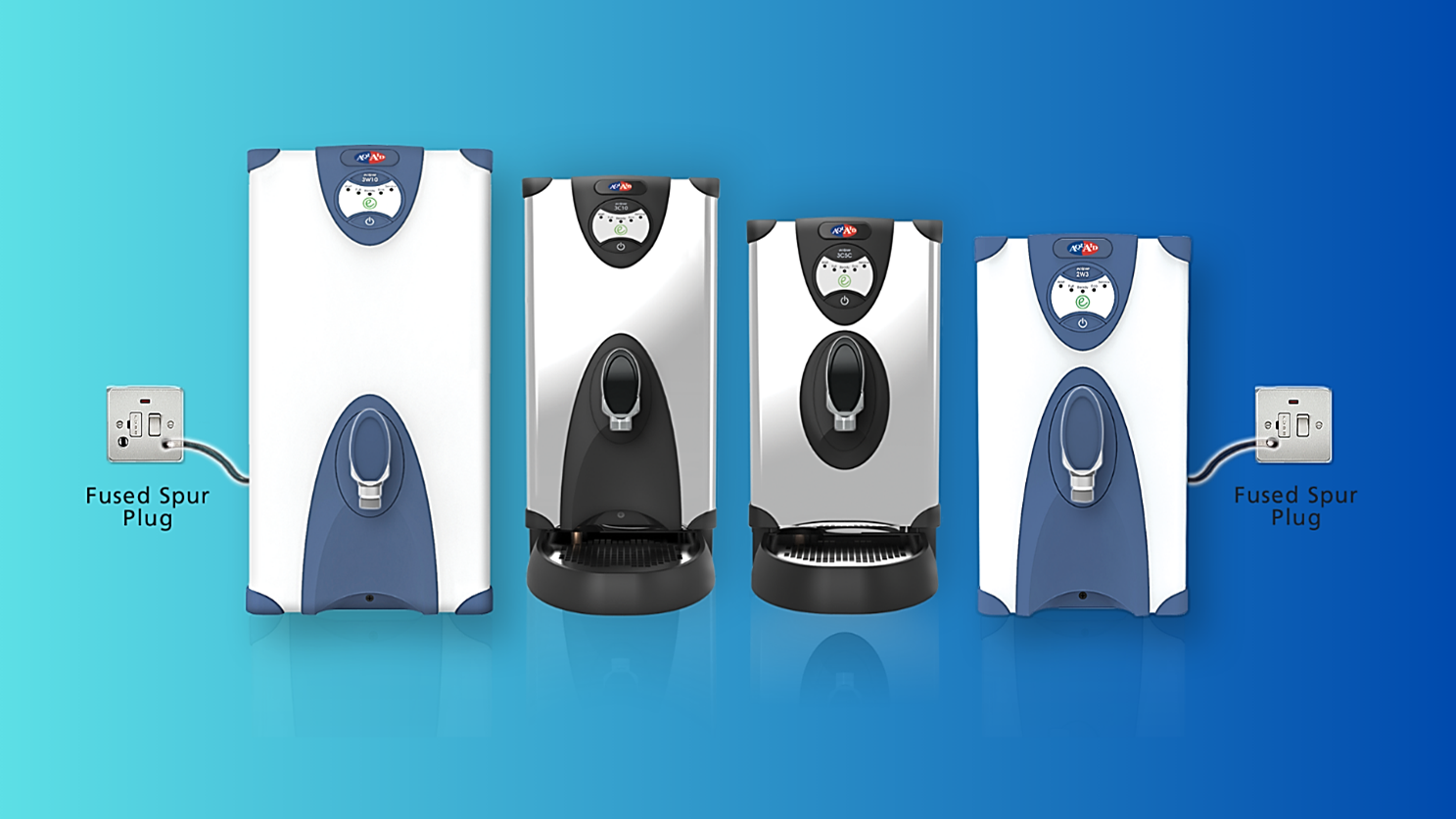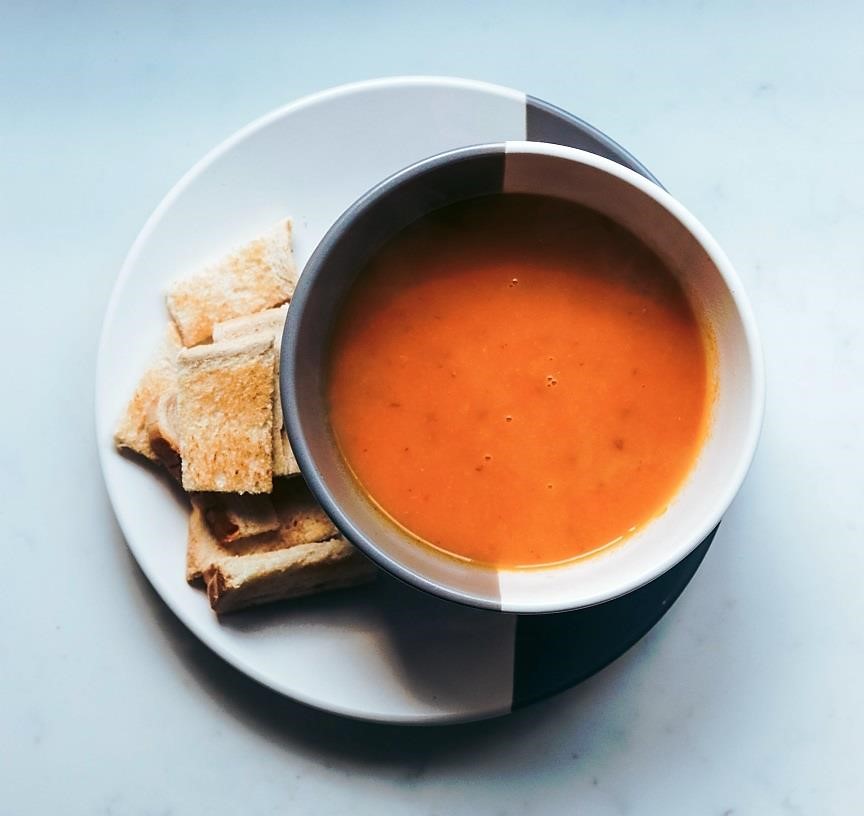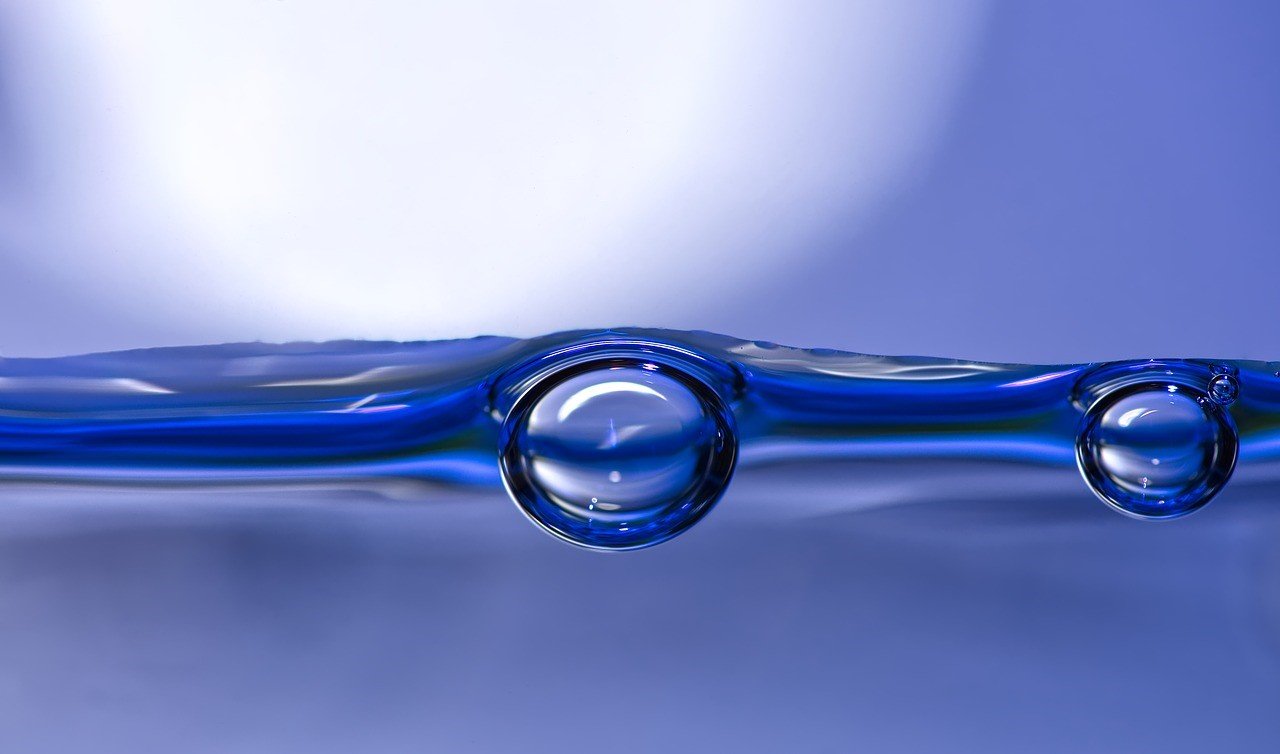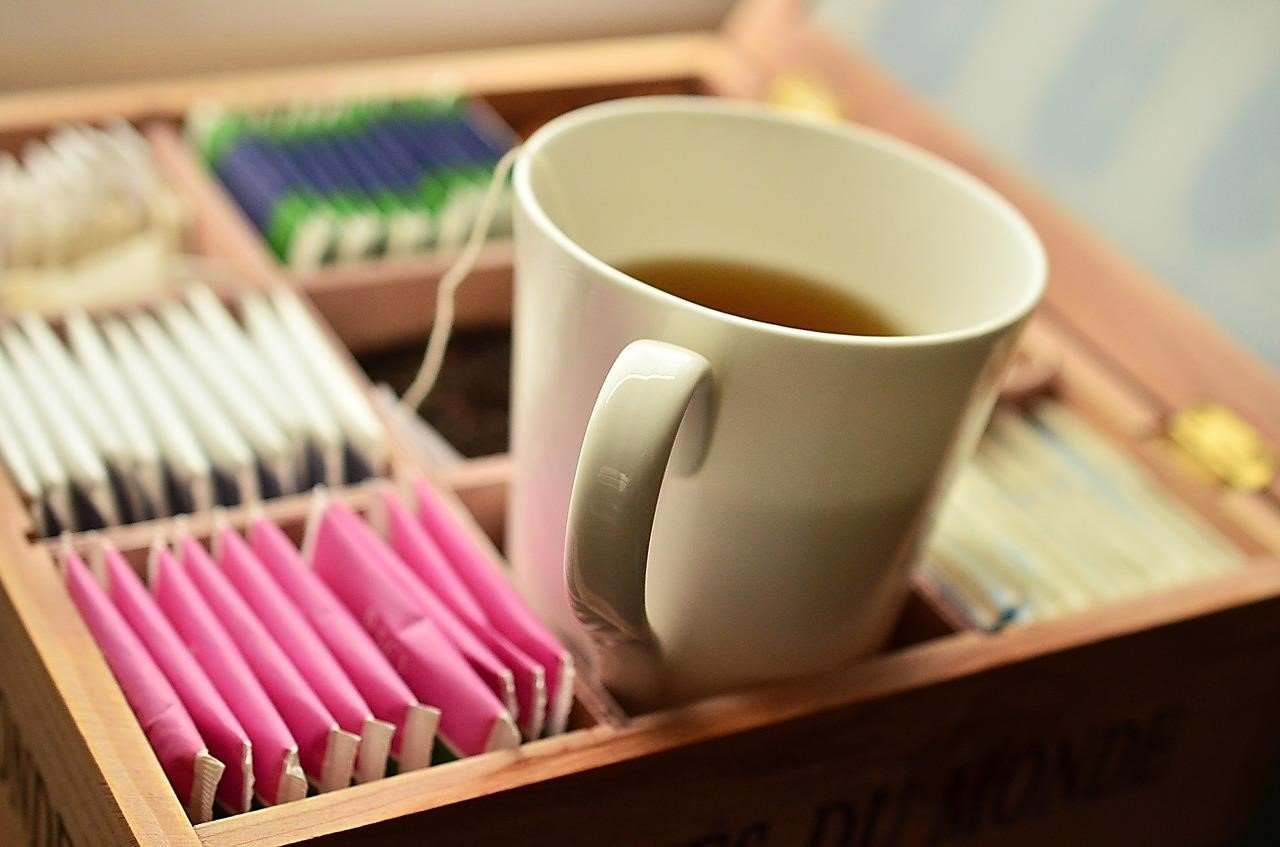
by Fern Shaw | Feb 14, 2024 | water boiler, Water Boilers, water cooler, Water Coolers
With the need to be more environmentally friendly and energy conscious, water boilers offer the ideal solution. Compact, space saving and eco-friendly, they offer the perfect hot water dispense point for every workplace.
Whether you are looking for a more compact wall-mounted water boiler or a larger water boiler for a bigger office, AquAid can meet every requirement.
By not being on the boil for extended periods of time and providing boiling water only when it is needed, water boilers save time, money and natural resources. This provides a considerable decrease in the electricity used to heat your water. Furthermore, with the water being available instantly, there is no need for anyone wanting hot drinking water to have to wait for a kettle to boil, thereby saving a considerable amount of time and energy.
Wall mounted water boilers are a good fit for smaller offices or for large office buildings with multiple kitchens. They are easy to mount and can be positioned out of the way to ensure your canteen or kitchen space is not wasted.
With easy installation and mains fed power, there is no need to rewire the kitchen or installation area to fit a water boiler.
A water boiler is the perfect addition to your office, conference room or kitchen. Offering a wide range of high-quality hot water dispensers, you can rely on our experienced and WHA accredited engineers to provide efficient installation, all backed with AquAid’s proven customer service.
If you are looking for an office hot & chilled water combination, AquAid has the perfect solution for you.
We offer a range of compact and very stylish water dispensers providing all the hot water and/or chilled water needed. These water dispensers are available in a selection of modern, appealing finishes which will look good and fit seamlessly in any boardroom, conference centre or kitchen, giving staff, customers and visitors alike constant access to boiling hot water and cool drinking water, all in an instant.

by Fern Shaw | Oct 24, 2023 | aquaid, water boiler, water cooler, Water Coolers, water dispenser
There are a number of positives to installing an AquAid Hot & Cold Water Dispenser or Hot Water Boiler. The most common reasons are piping hot water constantly available for whatever hot drink you enjoy – tea, coffee, hot chocolate, hot lemon water – the list goes on.
Often though there seems to be a hot water drink (meal?) that is oft forgot but just as vital to getting you through the working or school day, albeit in a heated hydration method.
Nothing equates to a soup made from scratch, but as we go about our daily business or busy school day, there often is only a minute or two available to dispense piping hot water for a nourishing mug of soup. And instant soups hit the spot perfectly.
Instant soup has been around for decades, with firm favourites remaining popular however, tastes have broadened where we now have soup from further afield gaining popularity. Although there may be plenty people for whom a spoonful of Bovril or Marmite in hot water will suffice, there are other consommés that are just as nourishing and healthy. Think miso soup for example!
Whatever your favourite hot water brew, AquAid has a boiling hot water drink dispenser to meet your requirements.
If you’d like know more about AquAid hot & cold dispenser and water boiler products as well as our life-saving charity partnerships, please * e-mail or ☏ us on 0800 772 3003. It will be our pleasure to assist you.

by Fern Shaw | Feb 9, 2022 | water boiler, water cooler
Aside from everything else that has occurred over the last two years, possibly one of the biggest changes was the advent of working from home, which brought with it Zoom meetings, Zoom meeting attire – pyjamas on the bottom, work shirt on top. These factors however seemed to snowball into creating a rather sedentary work creature – one of living in sleepwear morning until evening and sadly with that, a serious reduction in exercise or keep fit routines.
All very understandable of course, however, although our daily routines have forever changed, heading back into the office has become the norm for many of us. As has ditching our leisure wear and making a determined effort to dress for work.
The good news is even if you were an exercise powerhouse in the privacy of your home; you are still able to maintain a decent level of fitness while at the office.
If you look online, there are more office exercises than one can extend a desk donkey kick at, but the set from the NHS seems very sensible (and achievable). In part due to their suggestion to:
‘Wear loose, comfortable clothing and keep some water handy.’
We say as much as we know how easy it is to let workplace routines fall aside when you’re not in your usual workspace. Like taking regular breaks. Stepping away from your desk. Refilling your water jug or replenishing your water bottle at the office water cooler.
Taking breaks and exercising (even during working hours) are important, however, maintaining good hydration habits, by drinking water regularly, is vital to your well-being and ability to work smarter and not necessarily harder.
If you would like to install a water dispenser, hot & cold water cooler, hot water boiler or Instant Tap in your office, contact us at AquAid. We’re nationwide for your convenience.

by Fern Shaw | Dec 1, 2020 | water boiler, water cooler, Water Coolers
As we look across all industries requiring water coolers, thereby ensuring a constant supply of refreshing drinking water, be that chilled or hot water for our favourite hot drinks, remember AquAid Water Coolers.
We remain open and operational, working hard to continue to ensure that we provide each customer with whatever drinking water requirements they have. For added peace-of-mind, please read our Covid-19 Risk Assessment statement.
As we supply water coolers throughout the UK, to a wide range of industries, we understand how vital it is that these organisations remain open. Which is why we have made sure we are able to offer additional hygienic solutions so customers can safely dispense drinking water, whatever their business and wherever their location.
We have recently introduced Touch-Free water coolers and hot water boilers, which are perfect for placement in created work bubbles. We also supply a non-touch tap which fits easily onto the dispense point, thereby ensuring your continued safe access to refreshing drinking water. You can view how this tap operates here: https://www.aquaidwatercoolers.co.uk/what-we-do/water-boilers/aquaid-eco-large-fill-water-boiler
We invite you to browse the AquAid Water Coolers range and welcome your enquiry via any of our easy contact channels:
By using the contact form at the AquAid website;
Via e-mail or;
By telephoning our toll free number: 0800 772 3003.

by Fern Shaw | Nov 10, 2020 | water boiler, Water Boilers, water cooler
It is astonishing to consider that wars have been fought over this hot drink. That shipping vessels were redesigned to ensure faster transportation from country of harvest to the British consumer.
If you haven’t guessed it yet, we are referring to tea. Yes, these leaves, which produce the most aromatic, soothing, anti-oxidant rich brew, have held sway over billions of global consumers for centuries.
They say that a cuppa cures all ills and they’re not far wrong – whether you’re using your hot water boiler, combination AquAid chiller/boiler or Instant Taps at home, home office, office or any other workspace, there’s very little that can’t be cured by the brew.
But what is it about tea that makes it such a popular drink? Could it be because the ‘modern’ day office worker invented tea breaks?
According to The UK Tea and Infusions Association, tea breaks are a tradition beginning over two hundred years ago. Initially when workers commenced their day at around 5 or 6am, employers allowed a break in the morning when food and tea were served. Some employers repeated the break in the afternoon.
Between 1741 and 1820 industrialists, landowners and clerics tried to put a stop to the tea break maintaining that tea drinking and rest made working people slothful. Modern thinking could not be further away from this – regular tea breaks play a vital part towards creating a productive workplace – helping us maintain a positive attitude while simultaneously ensuring adequate levels of hydration.
The health benefits (which we many not even be aware of) could also be a factor. Aside from the strong anti-oxidant properties, drinking both black and green teas are believed to help with weight loss, act as a sunscreen and even reduce the risk of blood clot formation and atherosclerosis. It’s worth noting that this applies to drinking your tea without milk or sugar.
The other positive is tea doesn’t go off. Take note though, if you leave your tea for a time, those little leaves will not be as fresh after six months. The flavour may not suffer, but the brew will lose its antioxidants – refer to tea’s health benefits above. The best way to preserve the efficacy of the antioxidants is by storing your tea in a sealed container in a dark, cool place.
If you’d like know more about AquAid water, water cooler and water boiler products to help you brew your tea or hot drink; our promotions and our life-saving charity partnerships, please * e-mail or ☏ us on 0800 772 3003.
It will be our pleasure to assist you.





